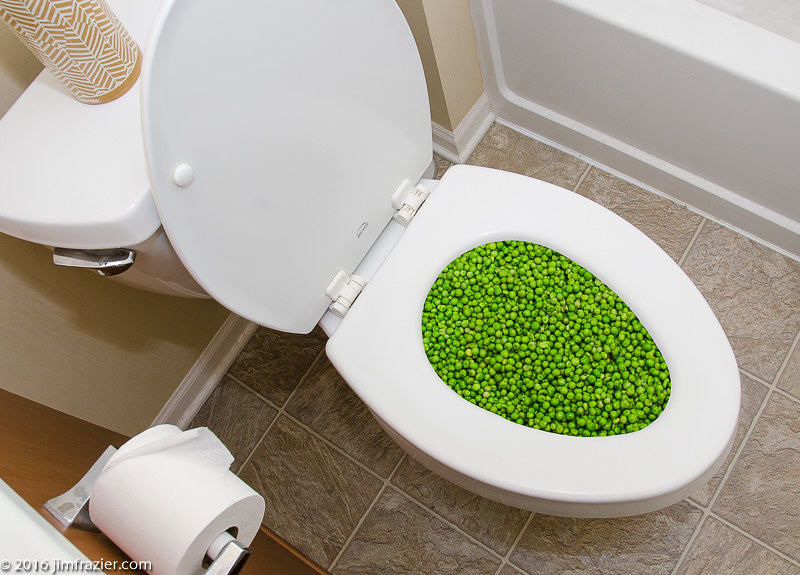Are you searching for resources involving Is it safe to flush food (especially rice) down the toilet??

Introduction
Many people are often confronted with the issue of what to do with food waste, particularly when it pertains to leftovers or scraps. One common inquiry that develops is whether it's alright to flush food down the commode. In this write-up, we'll delve into the reasons individuals might take into consideration flushing food, the repercussions of doing so, and different methods for proper disposal.
Reasons why individuals could consider purging food
Lack of understanding
Some people might not recognize the possible harm caused by flushing food down the bathroom. They might wrongly think that it's a safe method.
Benefit
Flushing food down the bathroom may seem like a quick and simple option to throwing away undesirable scraps, particularly when there's no nearby trash bin offered.
Negligence
Sometimes, people might merely choose to flush food out of large idleness, without taking into consideration the repercussions of their activities.
Repercussions of flushing food down the commode
Environmental effect
Food waste that ends up in rivers can contribute to pollution and harm aquatic ecosystems. Additionally, the water made use of to purge food can strain water sources.
Pipes issues
Flushing food can result in stopped up pipelines and drains pipes, causing expensive plumbing repairs and aggravations.
Kinds of food that ought to not be purged
Coarse foods
Foods with fibrous textures such as celery or corn husks can get entangled in pipes and create obstructions.
Starchy foods
Starchy foods like pasta and rice can absorb water and swell, leading to clogs in pipes.
Oils and fats
Greasy foods like bacon or cooking oils ought to never be flushed down the toilet as they can strengthen and trigger obstructions.
Proper disposal techniques for food waste
Utilizing a waste disposal unit
For homes outfitted with garbage disposals, food scraps can be ground up and flushed with the pipes system. Nevertheless, not all foods appropriate for disposal in this fashion.
Recycling
Specific food product packaging materials can be reused, minimizing waste and reducing ecological influence.
Composting
Composting is an environment-friendly means to take care of food waste. Organic products can be composted and used to improve soil for horticulture.
The importance of appropriate waste monitoring
Decreasing ecological injury
Proper waste management methods, such as composting and recycling, aid minimize pollution and preserve natural resources for future generations.
Shielding plumbing systems
By avoiding the method of flushing food down the bathroom, homeowners can avoid expensive pipes repairs and keep the stability of their plumbing systems.
Final thought
To conclude, while it might be tempting to flush food down the toilet for benefit, it's important to comprehend the prospective effects of this action. By adopting correct waste monitoring methods and disposing of food waste sensibly, people can contribute to healthier pipes systems and a cleaner atmosphere for all.
FLUSH FOOD DOWN THE TOILET?
FLUSHING FOOD CAN CAUSE BLOCKED DRAINS IN YOUR HOME
All of the plumbing fixtures in your home are connected to the same sewer pipe outside of your home. This outdoor sewer pipe is responsible for transporting all the wastewater from your home to the Council sewer mains. Even small pieces of food that go down the kitchen sink can cause problems for your sewer. It should therefore be obvious that flushing larger bits of food, such as meat, risks a clog in either the toilet itself or the sewer pipes. Flushing greasy food is even more problematic because oil coagulates when it cools, coating the interior lining of your pipes.
THE TOILET IS NOT A BIN
Food isn’t the only thing that people shouldn’t be flushing down the toilet. People use the toilet to dispose of all kinds of things such as tampons, makeup wipes, dental floss, kitty litter and even underwear. Water goes to great lengths to educate residents about the high costs and stress placed on wastewater treatment systems simply from people flushing the wrong stuff down the toilet. It costs taxpayers millions of dollars each year, and homeowners thousands in blocked drain repairs.
FLUSHING FOOD IS A WASTE OF WATER
Flushing food is a waste of our most precious resource - water. In June this year Level 1 water restrictions were introduced to protect water supply from drought conditions. Much of New South Wales continues to be affected by prolonged drought with recent figures revealing up to 97 per cent of the state remains in drought. Depending on whether you have a single or dual flush toilet, every single flush uses between five and 11 litres of water. In the current climate this is a huge amount of water to be wasting on flushing food that should be placed in the bin (or better yet, the compost).
https://www.jabplumbingsolutions.com.au/blog/can-you-flush-food-down-the-toilet

As a keen person who reads on Flushing Food Down the Toilet?, I assumed sharing that excerpt was appropriate. Those who enjoyed reading our article please make sure you remember to share it. Thank-you for taking the time to read it.
Schedule Now